Bibliographic Information
Title
The Human Side of Forensic Archaeology
Book Title
Forensic Archaeology
Author(s)
Mires, Ann Marie, and Scott, Randi
Editor(s)
Moran, Kimberlee and Gold, Sue Claire L.
Year of Publication
2019
Chapter Pages
57-72
Publisher Name
Springer
Web Address (URL)
Notes
Abstract
The benefits of archaeological methods and technologies are becoming increasingly important and valuable in crime scene and forensic investigations as a whole. Forensic archaeology encompasses many different areas including scene recovery, ground-truthing investigative leads, establishing chain of custody of evidence, and expert witness testimony. One area of importance that crosses all facets and tends to be overlooked is the forensic archaeologists’ involvement with the families impacted by this type of work. This paper will explore these deeper social issues that forensic archaeologists encounter with families and communities, during and after an incident utilizing forensic archaeological expertise. Although forensics is thought of as primarily a science, we as archaeologists and anthropologists know that our disciplines combine science with humanities and that casework often requires interfacing with survivors of the case or incident. The question that this chapter explores is: Whether it is necessary and part of the forensic archaeologists’ responsibility to act as facilitator or contributor in the healing and/or closure process for the living? Is there a human side to forensic archaeology, and how do we manage that involvement for ourselves, as well as for those parties involved, namely, the families?
Taxonomies
CIfA Codes
- Principle 1: Adherence to ethical and responsible behaviour in archaeological affairs
- Principle 3: Responsibility for acquiring and recording reliable information of the past in archaeological research
Keywords & Terms
- Armed Conflict and Violence
- Burials and Human Remains
- Confidentiality
- Management of Cultural Resources, Heritage, History
- Public Interest, Collaboration, Education, and Outreach
- Respect for and Responsibility to Affected Groups

